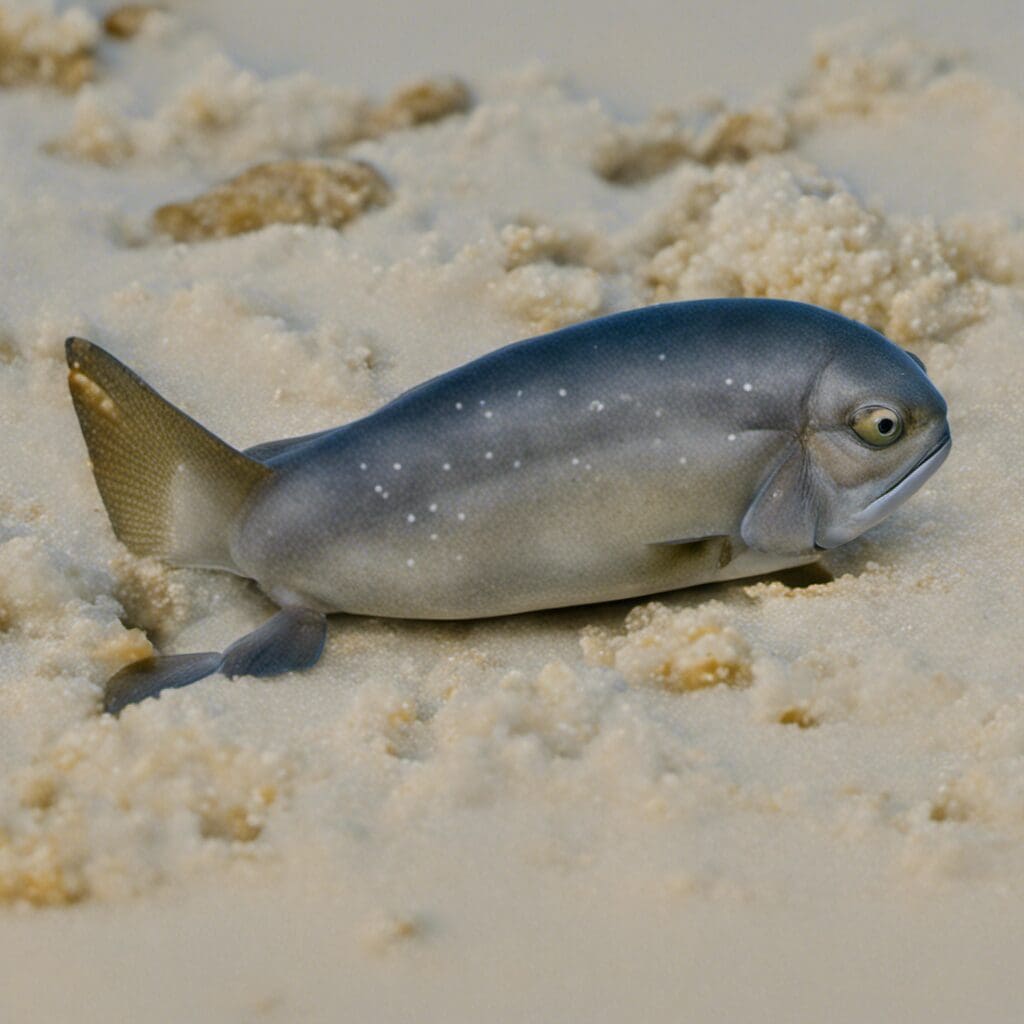Introduction
The Musselcracker, also known as White Steenbras or its biological name, Sparodon Durbanensis, is a species of fish belonging to the Sparidae family.
Conservation Status
The Musselcracker is currently listed as “Vulnerable” on the IUCN Red List. Ongoing conservation efforts include marine preserves and efforts to enforce catch limits on commercial and recreational fishermen.
Statistics
Here are some key stats about the Musselcracker:
| Feature | Average | Range |
|---|---|---|
| Length | 80 cm | 60-100 cm |
| Weight | 8 kg | 4-15 kg |
| Average Lifespan | 15 years | 10-25 years |
Distribution
Native to the waters of Southern Africa, particularly South Africa and Mozambique. There’s no specific migration patterns as they remain territorial.
Habitats
Musselcracker tends to live in temperate waters, preferring rocky seabeds and reefs. They are generally found at depths up to 50 meters and can tolerate a wide range of temperatures.
When and Where to See
These fishes can be seen all year round, however, they are most active around dawn and dusk.
Best Fishing Locations
Musselcracker is particularly associated with the warm waters of the South African coastline:
- Boulders Beach, South Africa
- Knysna, South Africa
- Robben Island, South Africa
- Sodwana Bay, South Africa
- Mossel Bay, South Africa
- Hermanus, South Africa
- Plettenberg Bay, South Africa
How to Catch
For the best results, use crab or shellfish as bait when fishing for Musselcracker. Bottom fishing is the most successful technique. Early morning or late afternoon tends to be the best times for fishing.
Identification Guide
These fish are predominantly silver-blue with a broad, robust body. They have a round, wide mouth which is equipped to crack open shellfish, hence the name “Musselcracker”.
Culinary
Musselcracker is a tender fish with a mild flavor, making it ideal for cooking. Popular dishes include baked Musselcracker with lemon butter sauce or grilled Musselcracker steaks.
Additional Information
These solitary fishes are very territorial. They are primarily bottom feeders, feasting on a diet of crustaceans, mollusks, and occasionally small fish. Natural predators include larger fish and seabirds.
References and Further Reading
- FishBase
- Arkive

